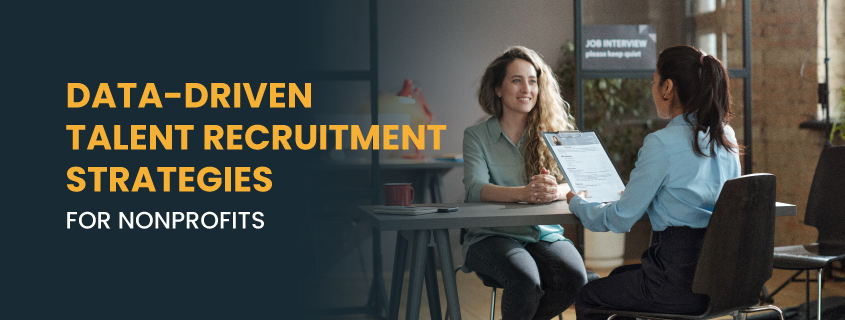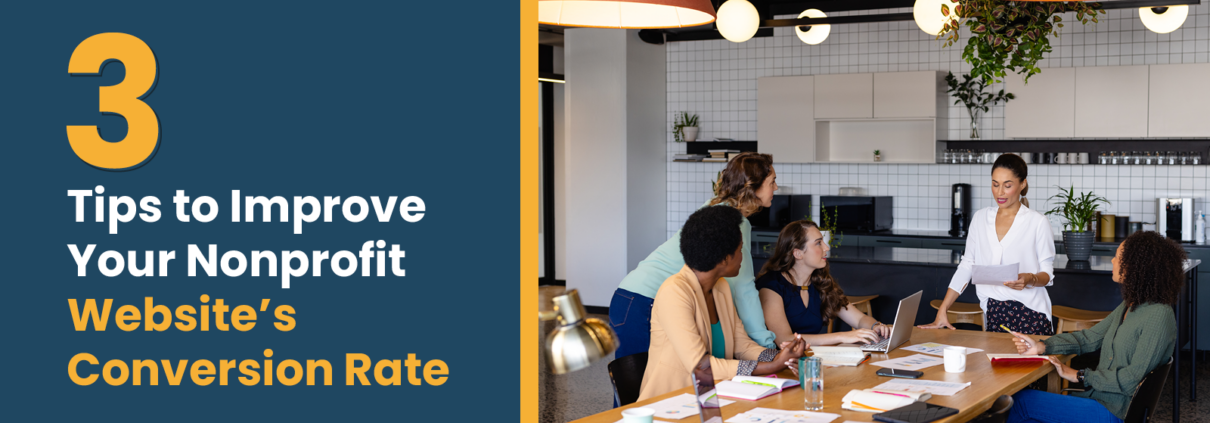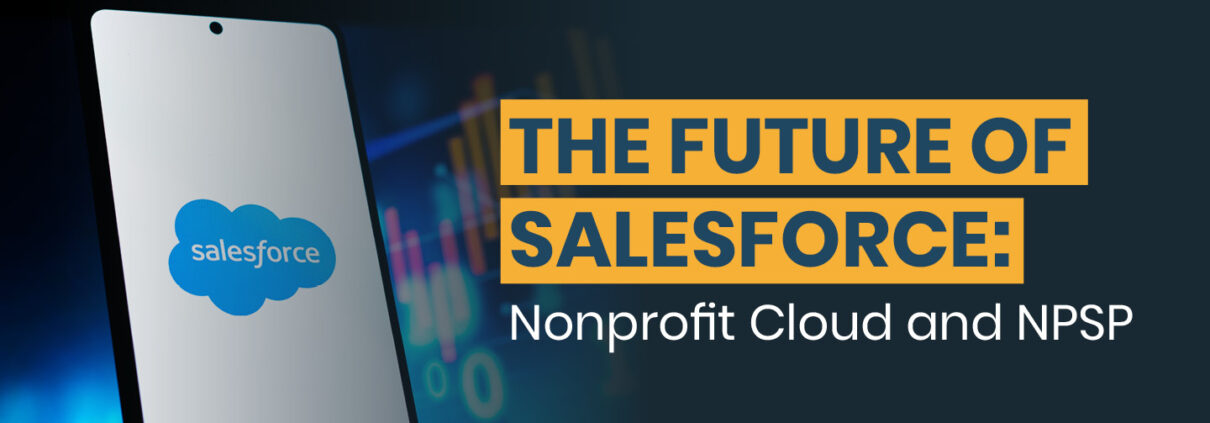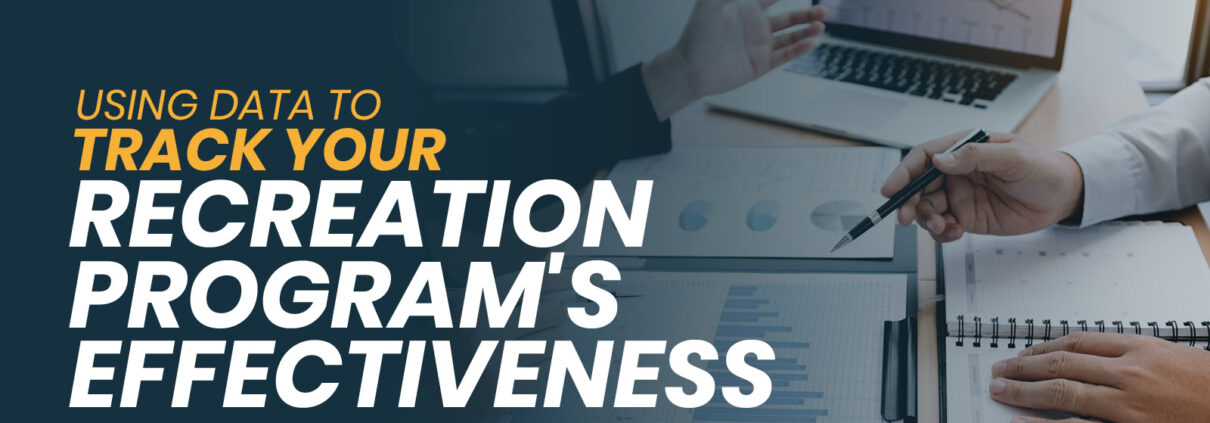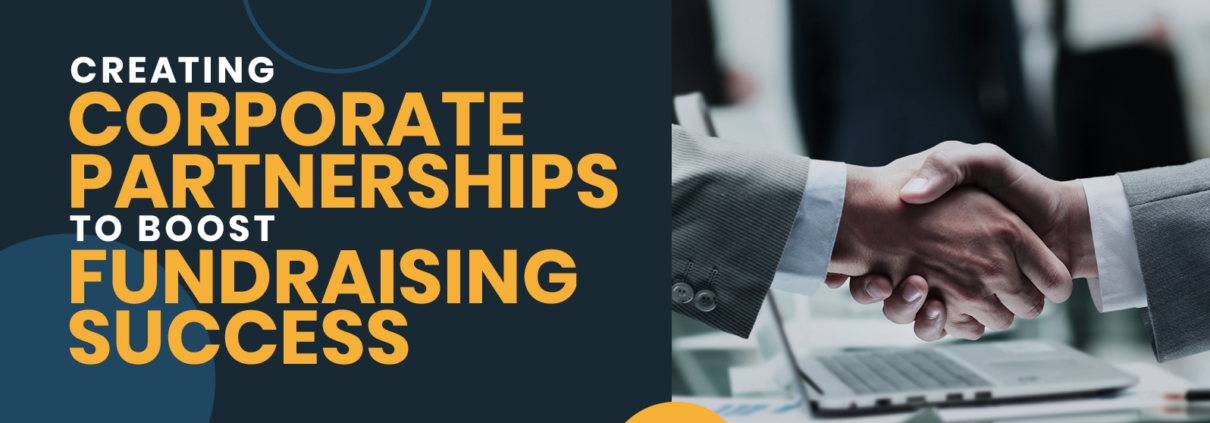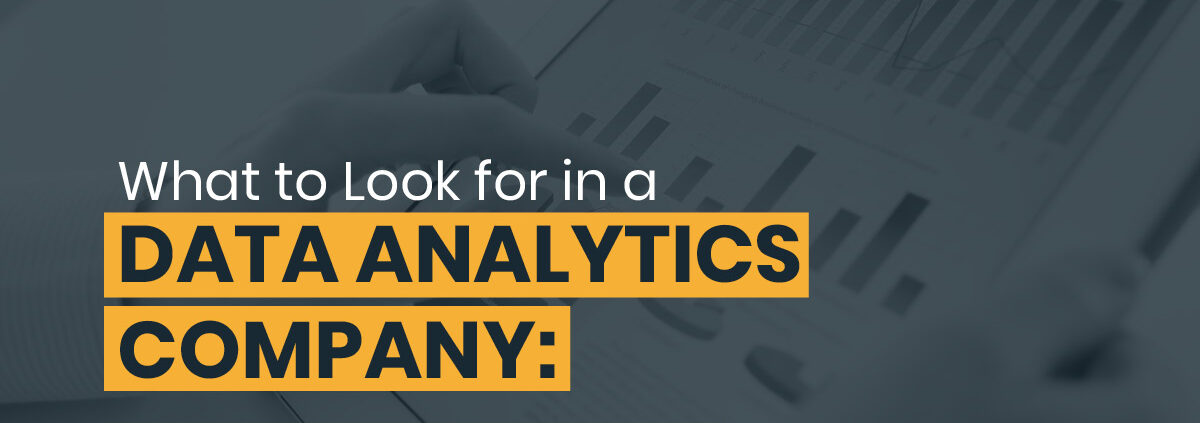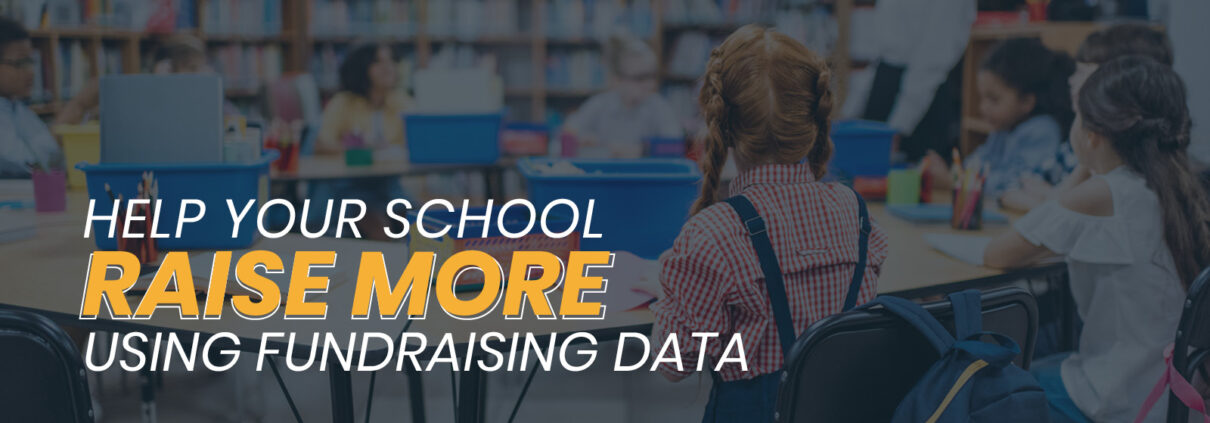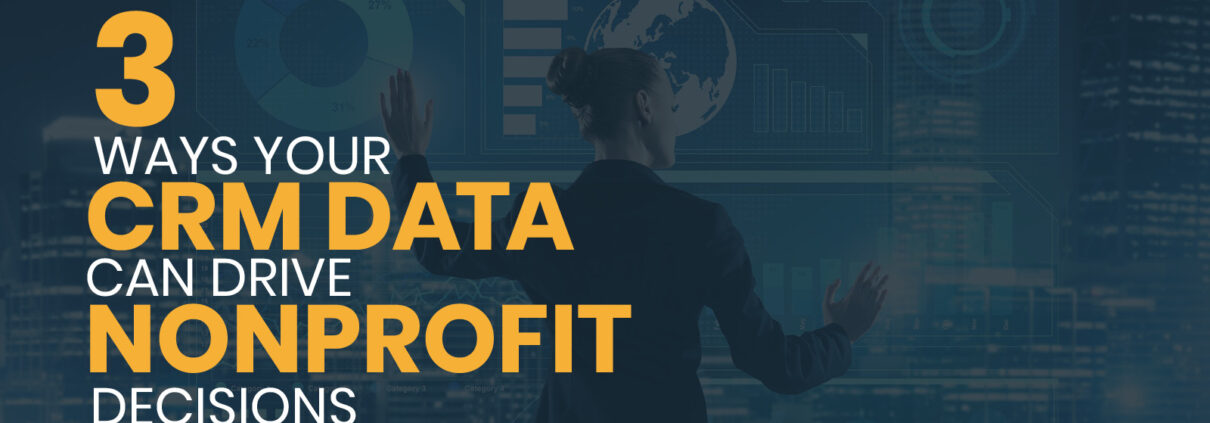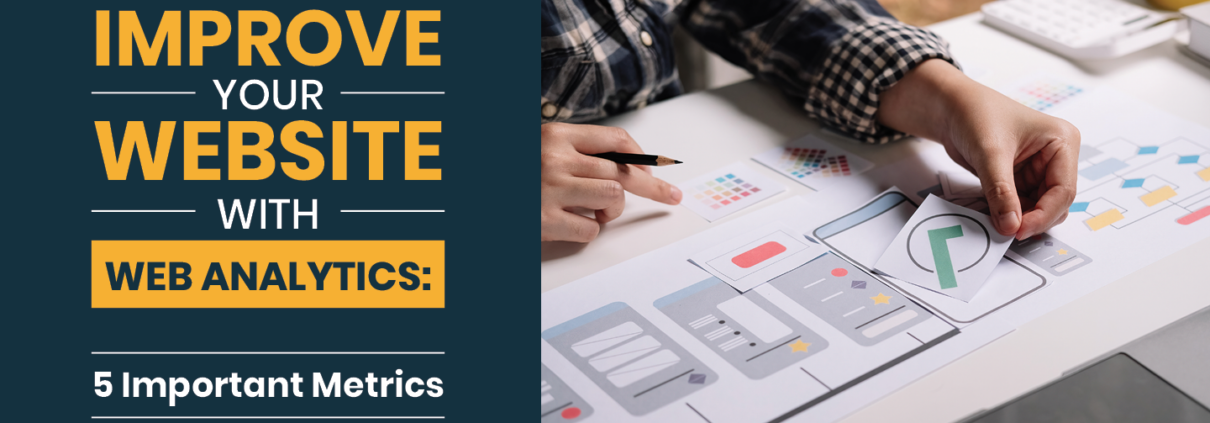3 Data-Driven Talent Recruitment Strategies for Nonprofits
Nonprofits like yours are experiencing a declining market share of talent compared to businesses in most industries. So, your team needs to make up lost ground in your hiring to continue providing the best services for your community. However, if your nonprofit is like most, hiring is on the back burner—meaning you might not even have a dedicated recruitment strategy.
Spending the time to cultivate a recruitment strategy is well worth it, though—you’re more likely to attract the candidates that best suit your mission if you know exactly what kind of addition your team needs.
In this guide, we’ll review how to kick off your recruitment strategy with the most objective resource at your disposal—recruitment data—to fuel your long-term growth.
1. Define Key Performance Indicators
Launching a data-driven recruitment strategy can quickly become complex. However, you can proactively beat information fatigue by selecting key performance indicators (KPIs) at the beginning of your planning process.
Incorporating hiring-based KPIs into your workflow doesn’t have to be complicated! After all, you likely already use KPI methodology to benchmark success for your fundraising campaigns, volunteer engagement initiatives, and more. All you need to do is understand what different hiring metrics mean and how they fit into your nonprofit’s overarching strategy.
To get started, JazzHR’s guide to data-driven recruitment suggests focusing on the following metrics and associated goals:
- Improving long-term hiring quality:
- Quality of hire: The ratings of new candidates by their managers during their time with the nonprofit (usually assessed one or two months after they’ve been hired).
- Employee retention rate: The percentage of employees who stay on with your nonprofit after a certain amount of time (usually one year).
- Sourcing channel effectiveness: The measures of which recruiting channels yield the most and best hires.
- Hiring manager satisfaction: The measure of how satisfied hiring managers are with the recruitment process and chosen candidates (usually assessed once per year).
- Boosting short-term recruitment efficiency:
- Offer acceptance rate: The percentage of applicants accepting hiring offers out of the total number of extended offers.
- Average cost of hire: The measure of how much money your nonprofit spends on recruiting each new hire.
- Recruiting and hiring speed: The average amount of time it takes to move candidates through your hiring funnel.
- Making your recruitment program more engaging:
- Qualitative candidate feedback score: The average numerical rating your candidates have for the different parts of your hiring process.
- Nurture engagement levels: Your candidate-facing recruitment materials’ open, click-through, and response rates.
- Funnel conversion rates: The measure of how far prospects advance through your recruitment funnel on average.
It’s important to note that some of this data comes from quantitative data tracking, and some comes from asking for qualitative feedback from candidates and hiring staff. Be sure your strategy includes both of these types of data to access the most holistic insights.
2. Use an Applicant Tracking System
Now that you know which hiring KPIs to look for, track and analyze these metrics to pull actionable insights from them. Nonprofits with more straightforward hiring needs usually rely on spreadsheets to track hiring KPIs. While this is a budget-friendly solution, it can’t easily scale with your nonprofit as you grow over time.
An Applicant Tracking System (ATS) is the best choice for nonprofit teams looking to supercharge their approach. These systems are built to streamline nonprofit recruiting processes from the initial planning stage to onboarding. Specifically, the best hiring software solutions on the market can:
- Automate routine, mundane tasks
- Facilitate collaboration across your organization
- Engage candidates
- Collect and report on custom KPIs visually
- Track candidate information in profiles
- Segment candidates into active and passive talent pools
- Manage recruitment marketing campaigns
- Scale with your hiring needs
Leveraging these tools gives your organization a unique edge over others in your field. However, if your nonprofit doesn’t have the budget or capacity to adopt a full-scale hiring solution, don’t worry—you can start small with point solutions. For instance, if you mainly struggle with scheduling interviews, you might use a standalone scheduling tool to start and gradually add to your hiring stack when you have the resources.
3. Optimize Job Descriptions and Postings
Studies show that while 72% of hiring managers believe they provide accurate job descriptions, only 36% of job-seekers agree. As the first touchpoint candidates have with your organization, the quality of job descriptions or postings can make or break their decision to actually apply to your nonprofit.
By actively paying attention to and improving your job descriptions, you can spot gaps in your strategy and make great first impressions on future team members. Kickstart your efforts by:
- Analyzing KPIs related to online job postings. These might be anything from click-through rate to time spent on the page to the total number of users your postings get served. Some job board sites, like Indeed, offer employers custom insights based on their collected data. Or, if you host your job postings on your site, you could monitor website metrics through your web design platform.
- Surveying candidates and current employees. Various individuals involved in hiring can pick up on opportunities for improvement based on their unique perspectives. Collect feedback from current candidates, recent hires, and even seasoned team members to pinpoint gaps in your job descriptions.
- Researching what other organizations are doing. Comparative research is always helpful in determining how to better compete with other hiring organizations. Look into job postings for your vertical and for companies that have notable recruiting success—just keep in mind that those companies have big-brand name recognition on their side!
On that note, it’s crucial to feature your employer brand in your job descriptions. Make sure you use recognizable branded elements, such as your logo and slogan, across your job descriptions to maintain consistency across multiple job platforms.
When managing a large data pool, becoming flooded by facts and figures can make the process much more challenging for your team. However, you can avoid this common pitfall by adhering to data hygiene standards—conducting regular audits, removing duplicate data, and appendig missing data.
Remember that you have experience collecting data for fundraising campaigns, and as long as you apply the same general principles to managing your hiring data, you’ll have actionable insights in no time.

